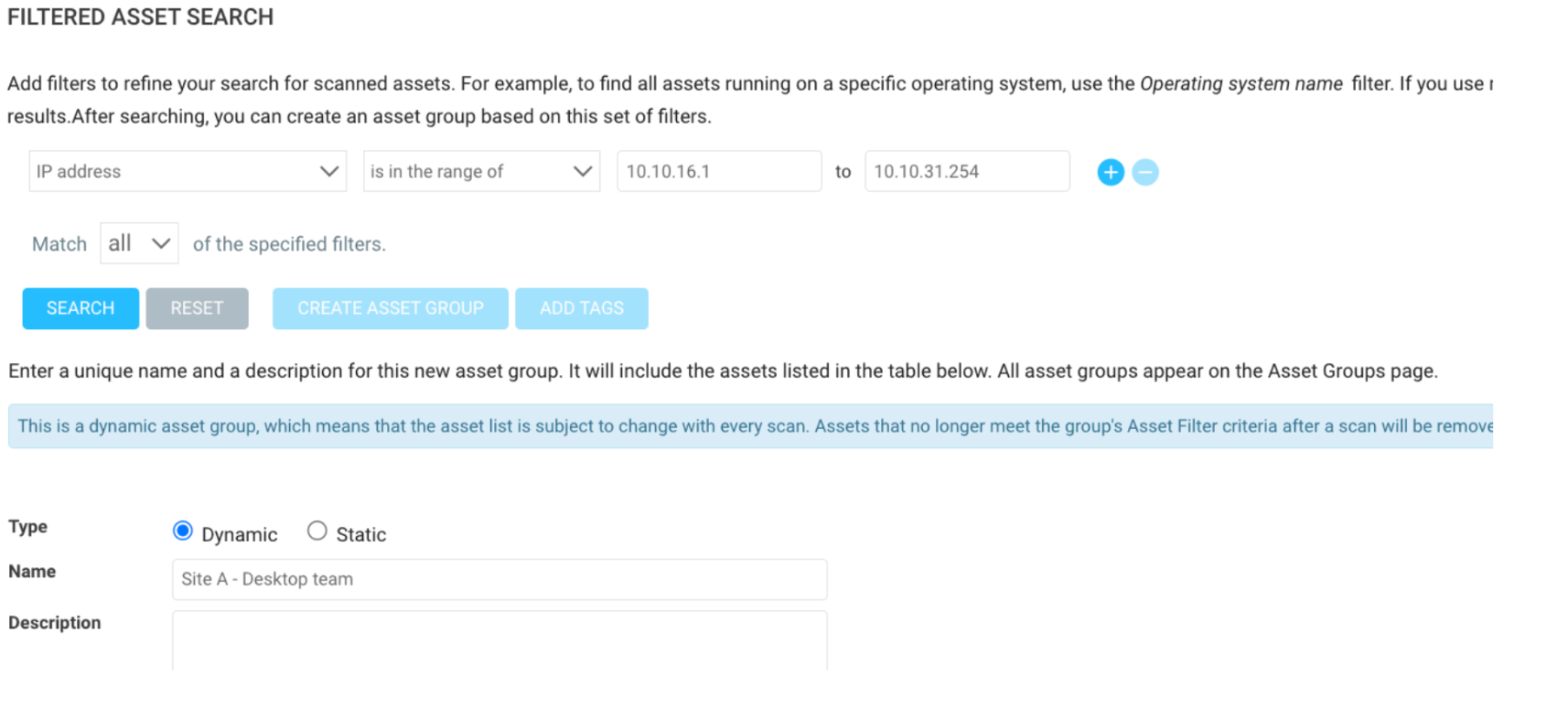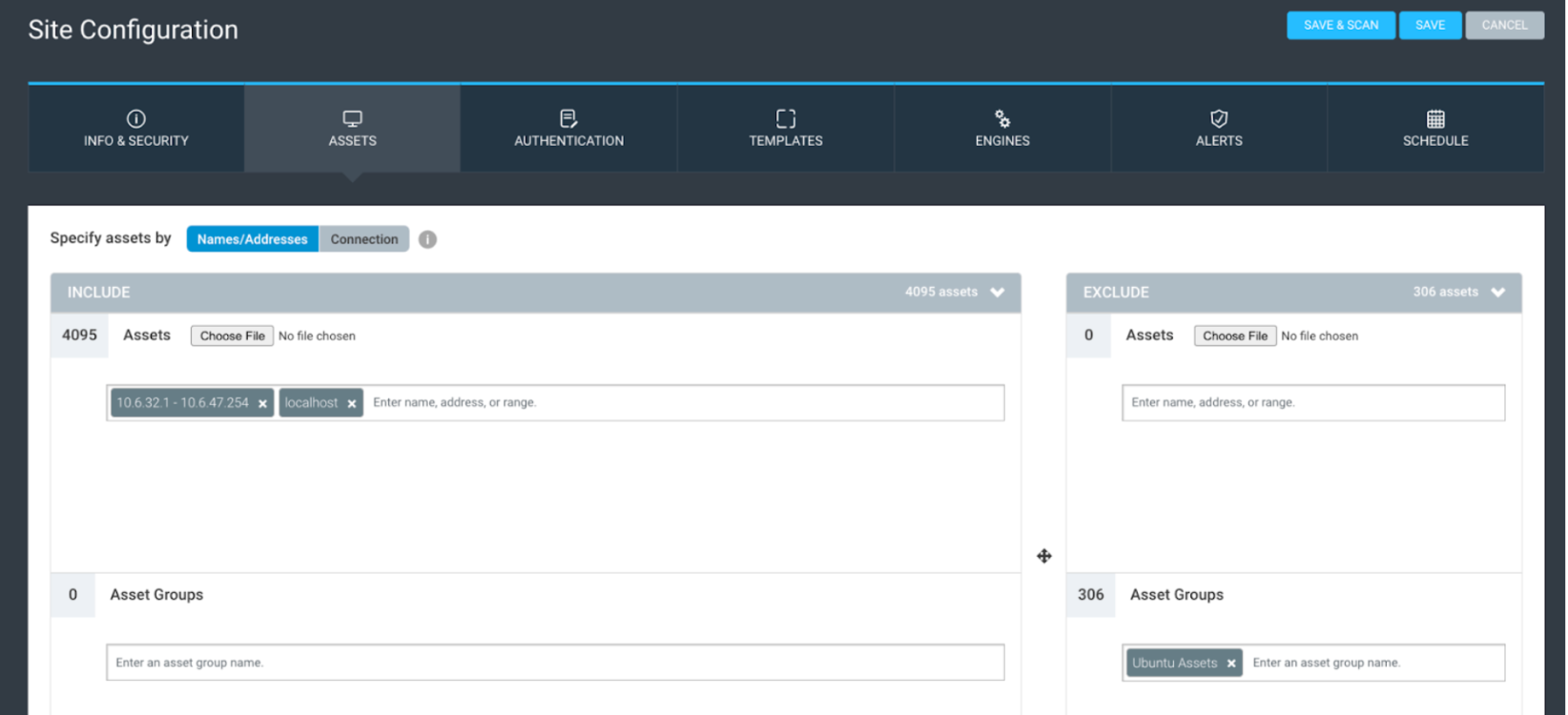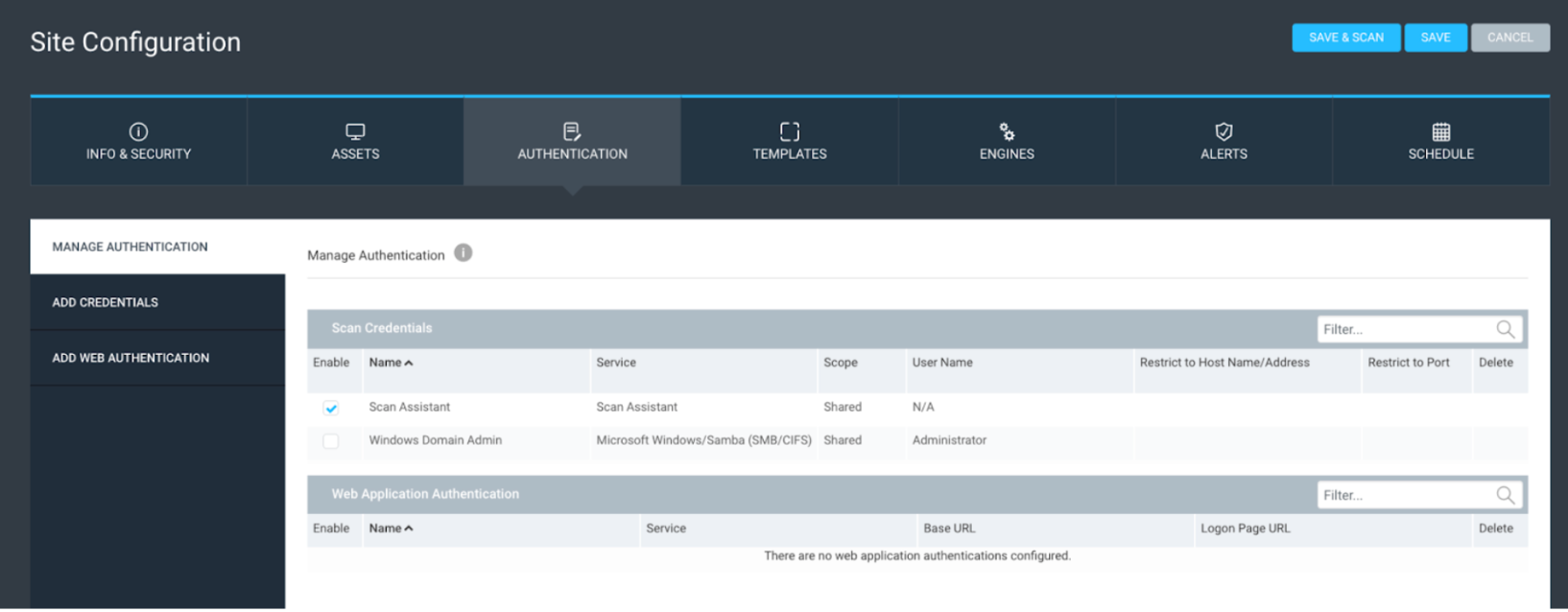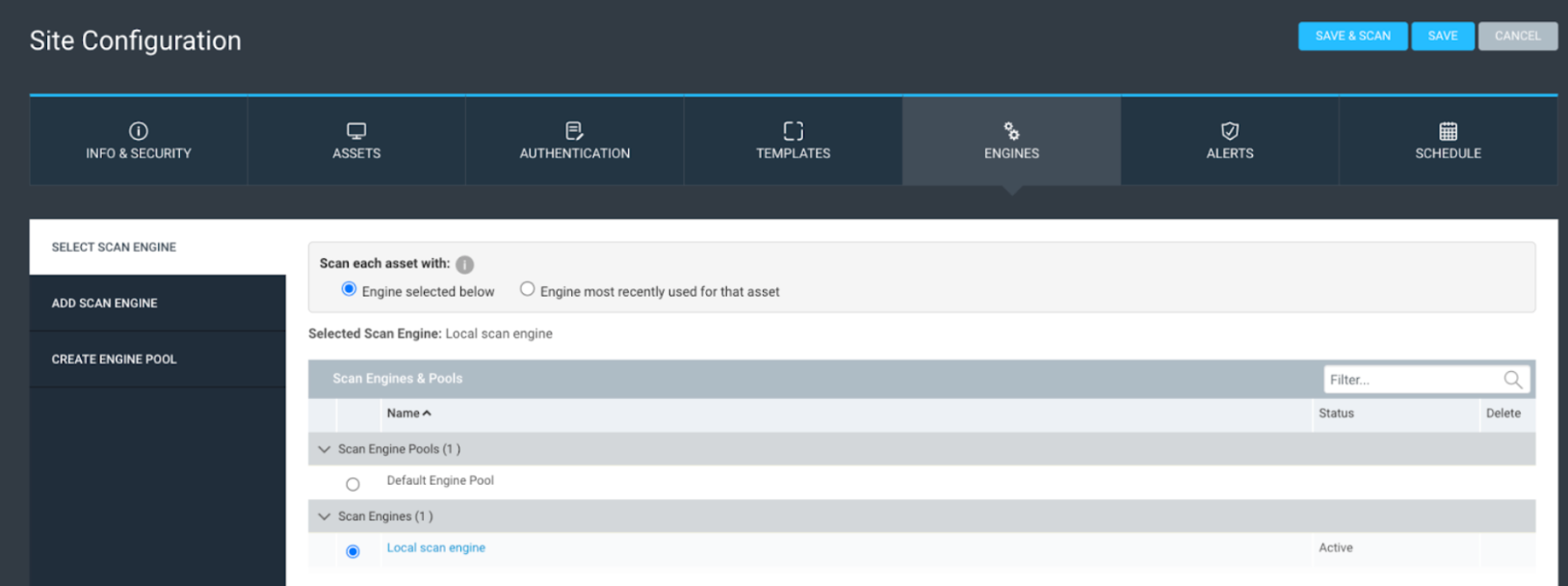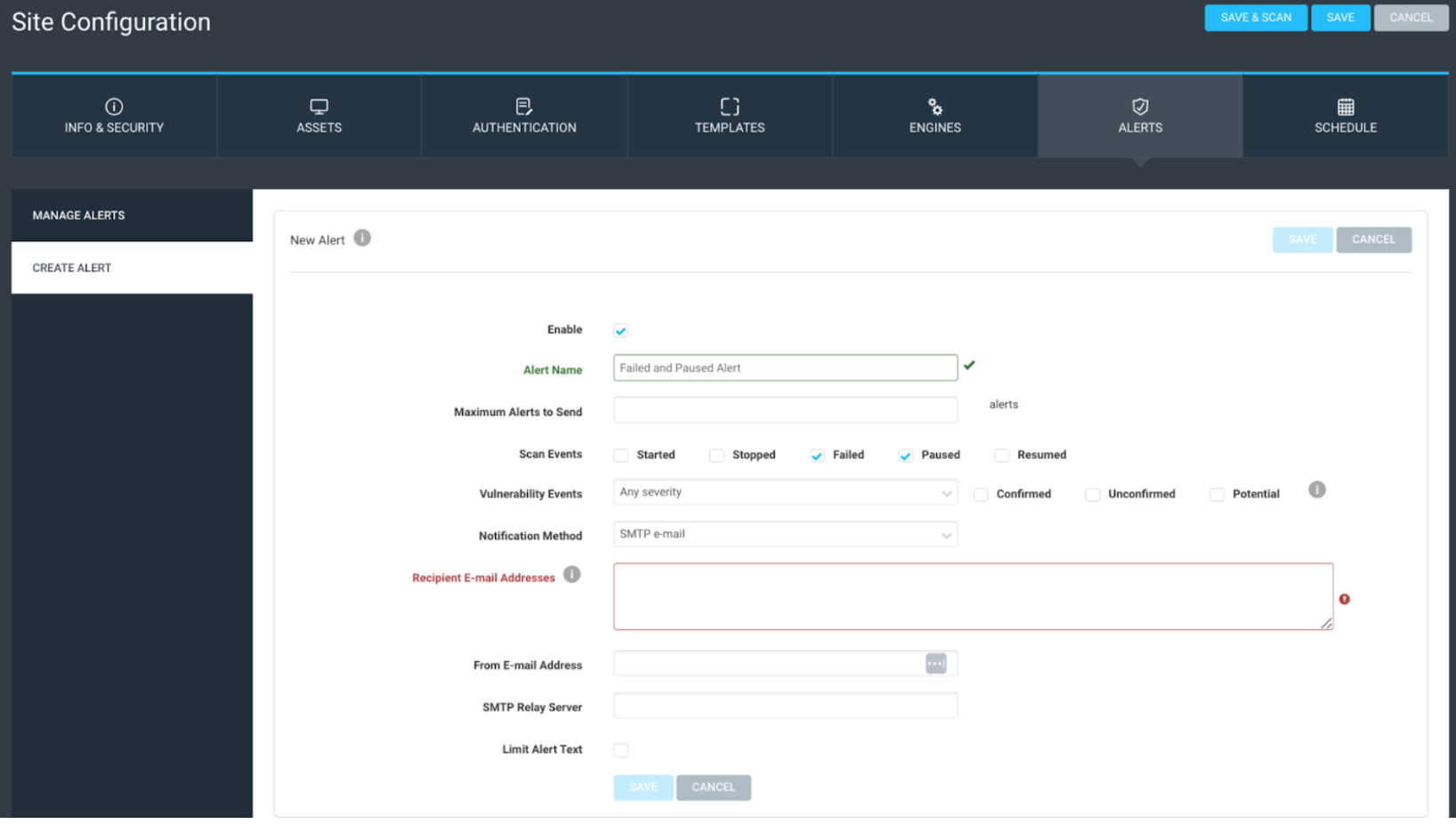Proxmox VE is mainly suitable for small and medium-sized organizations that require advanced virtualization capabilities but have limited budgets. Proxmox VE is an open-source solution with particular advantages and disadvantages. On one side, it offers flexibility and adaptability that allow you to build an efficient environment according to your needs. However, the advanced configuration and maintenance requirements can make it challenging to achieve the desired performance, compatibility, and security.
The data that organizations process and store on Proxmox VMs can be critical to production and revenue. Additionally, that data can fall under compliance and legal protection requirements. Organizations can face financial fines and reputational damage in case of an IT incident leading to the loss of such data. Implementing a Proxmox backup solution and ensuring reliable VM data protection is key to avoiding such disasters, supporting production continuity, and generating stable revenue.
NAKIVO a leader in data protection and disaster recovery solutions, has announced the recent release of NAKIVO Backup & Replication v10.11.2, featuring an advanced backup solution for Proxmox environments. You can try the free version and benefit from the Proxmox agent-based backup solution without any additional cost until the end of 2024.
Read on to explore the main challenges to consider when integrating Proxmox backups into your environment.
Proxmox Backup Challenges
Proxmox Backup Server, the native backup and recovery solution for Proxmox VMs can perform management, data deduplication, and encryption via the web-based interface and CLI to provide data protection, replication, and recovery. However, the tool has some limitations that push users to consider alternative solutions.
Backup tiering
The IT industry standard for backup data reliability is the 3-2-1 rule, which supposes at least three (3) data copies, stored in two (2) different repositories, one of which is offsite or in the cloud. Proxmox Backup Server allows users to configure cloud backup synchronization but the process involves manual setup. This process is prone to human error even before initiating the first workflow.
Additionally, the overall level of native Proxmox backup automation can be insufficient for organizations with large data assets. In some cases, you can successfully tier backups after spending some time studying Proxmox’ extensive knowledge base. However, you may want your in-house IT specialists to focus on production instead.
Ransomware resilience
Nowadays, hackers target backups along with production data when planning cyberattacks, which makes anti-ransomware protection of backup copies critical. Although Proxmox Backup Server provides some room to set up data security, configuring immutability for PBS to protect backups can require advanced knowledge and third-party integrations. This extends the supply chain and may lead to compatibility issues and can further complicate your environment.
Multi-platform support
Proxmox Backup Server is a native solution designed to enhance data protection in Proxmox VE infrastructures and Linux-based machines in general. If you build a homogenous Proxmox-based virtualization system, this can work well. But when your production environment spans multiple platforms, numerous issues might arise.
If the native VM backup solution by Proxmox doesn’t suit you due to backup tiering flexibility, platform limitations and security concerns, finding an efficient and user-friendly alternative can be the best option.
The Proxmox VE Backup Solution by NAKIVO
With the backup solution from NAKIVO, you can create fast and efficient backups to protect Proxmox VM data and implement one of the essential points of a disaster recovery plan. The Promox agentless backup is currently in development.
Integrating NAKIVO’s Proxmox backup solution into your infrastructure provides the following benefits:
- Fast, automated, incremental, and app-aware Proxmox backups that you can run by schedule and on demand.
- Centralized web-based interface to maintain and monitor data protection workflows across your infrastructure.
- Onsite, offsite, cloud, and NAS storage options for backup tiering.
- Backup immutability and encryption for better security and ransomware resilience.
- Flexible recovery options to achieve tight RPO and RTO.
Fast operation, reliability, and qualified support are the main reasons customers choose NAKIVO. In addition, the solution is affordable: subscription licenses start at $2.50 per workload/month; perpetual licenses start at $58 per VM.
Benefits
With the NAKIVO solution, you can ensure high-level automation of your data protection processes. NAKIVO Backup & Replication is designed with deployment and configuration simplicity in mind. You can easily install the solution and run the first Proxmox backup.
you can also use the advanced set of features to optimize storage space and boost performance. Schedule and complete incremental Proxmox backups, dynamically balance the available network resources and cut backup windows using deduplication. By managing the available hardware resources and efficiently utilizing storage space, you can further reduce the total cost of your Proxmox backup system.
Initial Configuration
NAKIVO Backup & Replication uses agent-based backup and recovery. The agentless backup functionality is in development, the release is scheduled for later in 2024. To start integrating advanced data protection workflows into your Proxmox environment, you can use the Proxmox VM with Linux Ubuntu to deploy the solution and set the onboard backup repository.
Check NAKIVO’s user guide for more installation instructions. You have local, shared, and cloud datastore options that you can use to tier backup repositories and enhance the system’s resilience.
After that, add Proxmox virtual machines to the inventory in NAKIVO Backup & Replication. Note that you need to add Proxmox VMs as physical machines. Now you can create a backup job. Check this guide for additional Proxmox backup and recovery instructions.
Conclusion
NAKIVO Backup & Replication provides agent-based, incremental, and app-aware Proxmox backup. You can simplify both backup and recovery configuration and processes and configure the set of security features for optimal system performance. Lastly, you should apply the virtual machine backup best practices to enhance the resilience of your data and ensure the availability of your Proxmox environment.
The post Proxmox Backup by NAKIVO: Powerful VM Data Protection appeared first on Cybersecurity Insiders.

